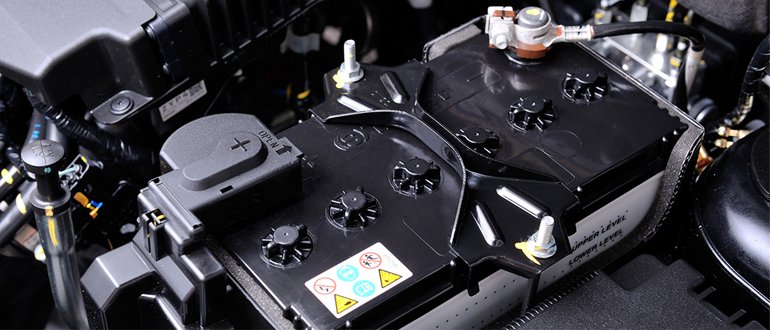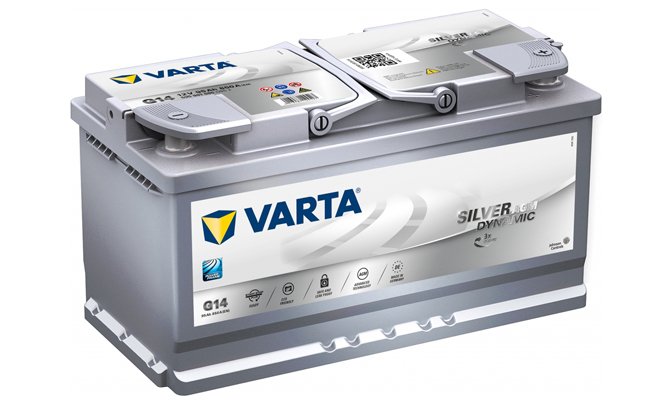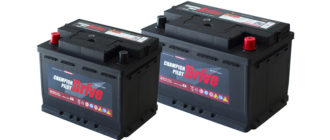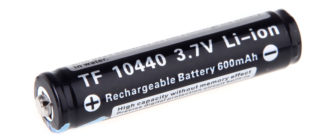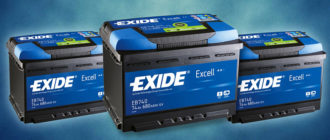A car battery is a device that is not intended for long-term use. For a regular acid battery, the 5-year “working life” is a very good indicator of quality, and indicates a competent approach by the owner of the machine to operation. Due to the emergence of new technologies in the production of batteries, as well as materials that withstand increased loads and the aggressive environment of chemical reagents, it has been possible to significantly increase the effective period of use of car batteries.
Content
Battery Life
Before a new product reaches store shelves, it is tested in laboratory conditions. According to various indicators obtained as a result of such tests, the manufacturer can judge the shelf life of the product. In the same way, the average life of car batteries is revealed. According to the test results, manufacturers declare the following expiration dates depending on the type of battery.
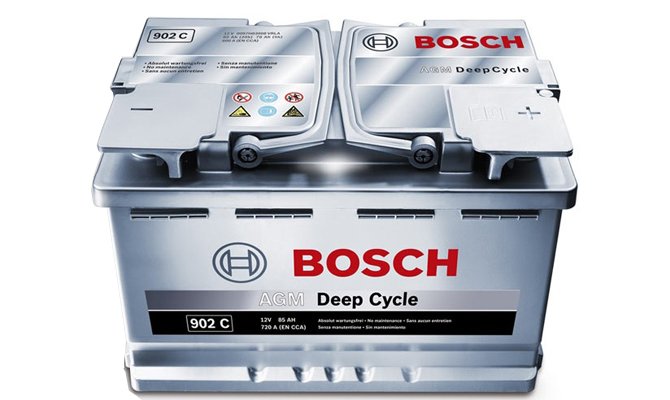
Antimony batteries
They are the most outdated and unreliable of all known models to date. The main reason why such batteries are still being sold is their low cost, and with proper maintenance, it will be possible to significantly increase the life of the battery. As a rule, the manufacturer’s warranty for antimony batteries is 1 year, and the declared service life is about 3-5 years.
Hybrid batteries
Main difference hybrid battery from antimony is that the negative electrodes are made according to calcium technology, and the positive ones according to low antimony, hence the labeling is Sb-Ca. Hybrid products are more expensive, but they need to be serviced less often and the declared service life is up to 5 years.
Calcium acid
IN calcium acid (Ca / Ca) products, both electrodes are made of lead doped with calcium. Thanks to the use of such an additive, the battery will last at least 5 years, and with timely recharging, the service life can be increased to 7-8 years.
Maintenance-Free Acid Calcium
If the battery is manufactured using calcium technology, then when charging such a device there is almost no evaporation of the electrolyte. Thanks to this feature, many manufacturers make batteries. maintenance free. Despite the lack of the ability to independently control certain parameters, such products are very practical in use and, with proper storage and use, can last 5-7 years.
Traction batteries
Traction batteries can have various technological features of production, but these products are combined with increased resistance to deep discharges. Without any serious consequences for their operability, they can withstand, depending on technology, from 150 to 400 deep discharges. The manufacturer's stated service life of such products is 5-10 years (depending on technology), but after this time the battery can be used with less efficiency.
Agm
Maintenance free AGM batteries characterized by increased resistance to deep discharges. In their production, special glass fiber is used, which is impregnated with electrolyte. It fills the entire space between the plates and the body, which can significantly reduce negative processes and significantly increase the shelf life.The operating life declared by the manufacturer is at least 5 years, but with careful handling, such a battery can last more than 10 years.
Efb
EFB battery also distinguished by increased resistance to deep discharges. Occupy a place between AGM and maintenance-free batteries. They are made using the latest scientific achievements, so the shelf life is 5 - 7 years from the date of manufacture.
GEL
IN gel battery instead of a liquid electrolyte, a jelly-like mass is used, therefore, in such a product, plates break much more slowly than in other battery models. The recommended operational life of this type of battery for a car is at least 10 years. GEL batteries are completely maintenance free and can withstand up to 400 deep discharges.
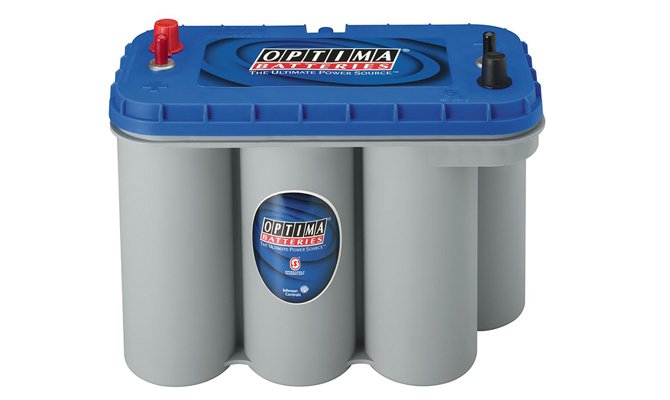
Regardless of the type of battery, many factors can shorten the life of the battery. To protect the battery from premature failure, you need to know exactly which operating conditions negatively affect its life expectancy.
Each manufacturer uses its own characteristics, developments and technologies, so it is important to carefully study the operating instructions in order to use the battery as efficiently as possible.
What can shorten battery life
Battery operating conditions always affect its life span. The most negative factors that significantly reduce battery life include:
- Deep discharges.
- Strong recharge.
- Increased shaking.
- Operation in an insufficiently charged state.
- Discharged storage.
- Non-observance of operating rules (for example, GEL batteries do not tolerate temperatures below -30 degrees, and maintenance-free calcium-acid can not be charged with high currents).
In addition, you should very carefully operate the product in extreme cold. If the battery uses liquid electrolyte and its density is not high enough, the liquid may freeze, which will inevitably lead to inoperability of the product.

If the battery is not recharged in winter, a deep discharge may occur. This may occur as a result of a failure of the generator or relay controller. In addition, a deep battery discharge can be obtained if energy consumers, such as a radio tape recorder or marker lights, have been connected for a long time with the engine off.
Excessive battery power can also lead to negative consequences. In addition to damage to the plates due to excessive heating, it is possible to spray electrolyte in a serviced battery. Also, in such batteries, an accumulation of combustible gases can occur that can explode, which will lead to the complete destruction of the battery, and people nearby can be seriously injured.
In order to prevent overcharging, it is necessary to connect the charger to the battery only for the time necessary to restore the device's electrical capacity. You should also refuse to quickly charge the battery with high current.
If the battery will not be used for some time, it must be sent for storage in a fully charged state. Failure to do so may result in strong sulfation plates, which will significantly reduce the shelf life of the product.
How to extend the battery life of a car
The battery life recommended by the manufacturer can be extended if the following rules are followed during the entire life of the product:
- Monitor the status of the electrical equipment of the car. Particularly great attention should be paid to the generator, because in case of a malfunction of this part, the entire load from consumers of electricity will fall on the "shoulders" of the battery. The relay regulator also affects the operation mode of the car's electrical equipment.If this element fails, the battery may receive a constant undercharge or a strong overcharge.
- Replace the alternator belt in time and monitor its proper tension. If this is not done, then the generator rotor will rotate at a lower frequency, which will not allow providing consumers with the necessary amount of electricity.
- If the battery is serviced, then from time to time you should check the electrolyte level and its density. When the liquid level decreases, the lead plates are exposed, and they can crumble.
- Charge the battery using factory models. It is desirable that such devices have a special training regime that will significantly reduce the formation of sulfates on the surface of lead plates.
- All batteries need to be cleaned from moisture and dirt from time to time, as the terminals can be shortened due to liquid on the case.
- Check for mechanical damage.
For the car battery to last a long time, you should carefully monitor its condition.

